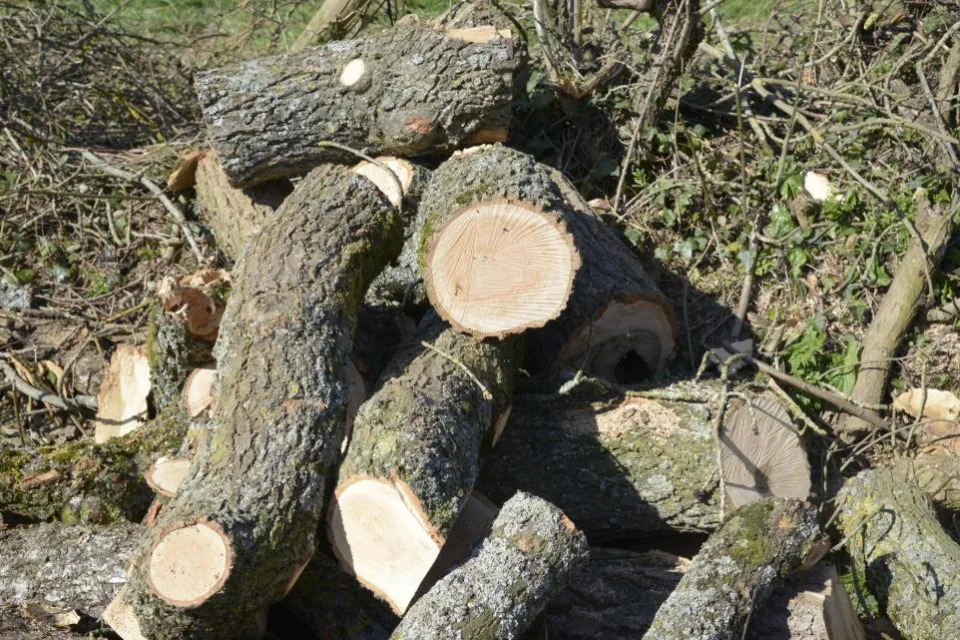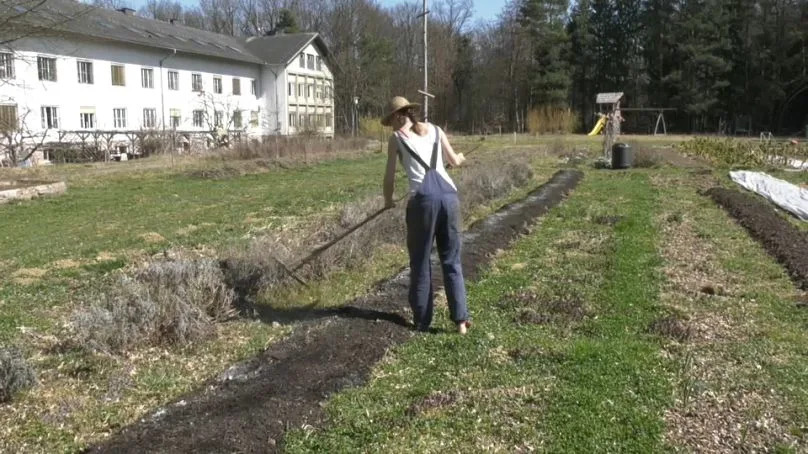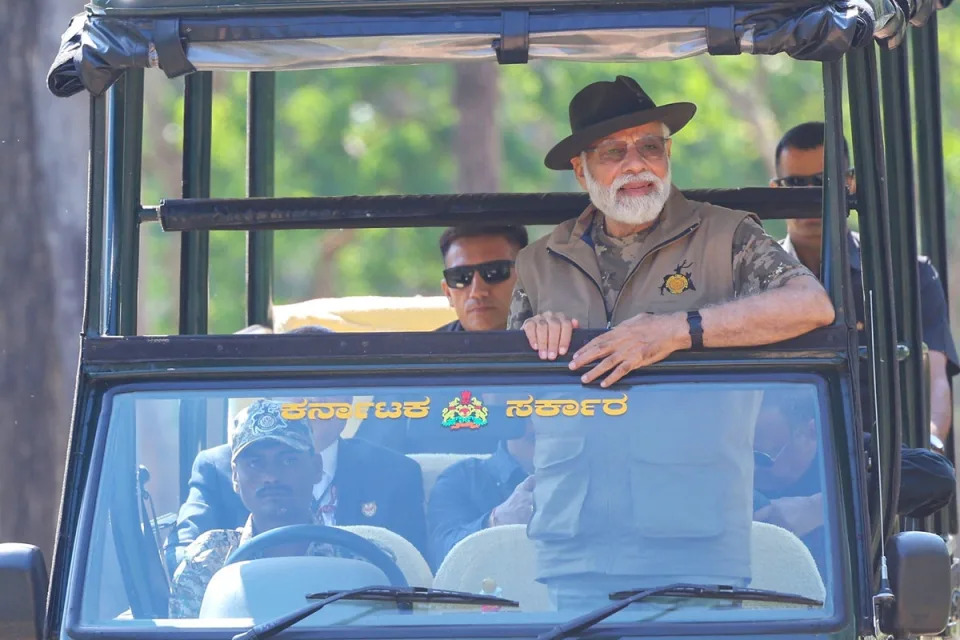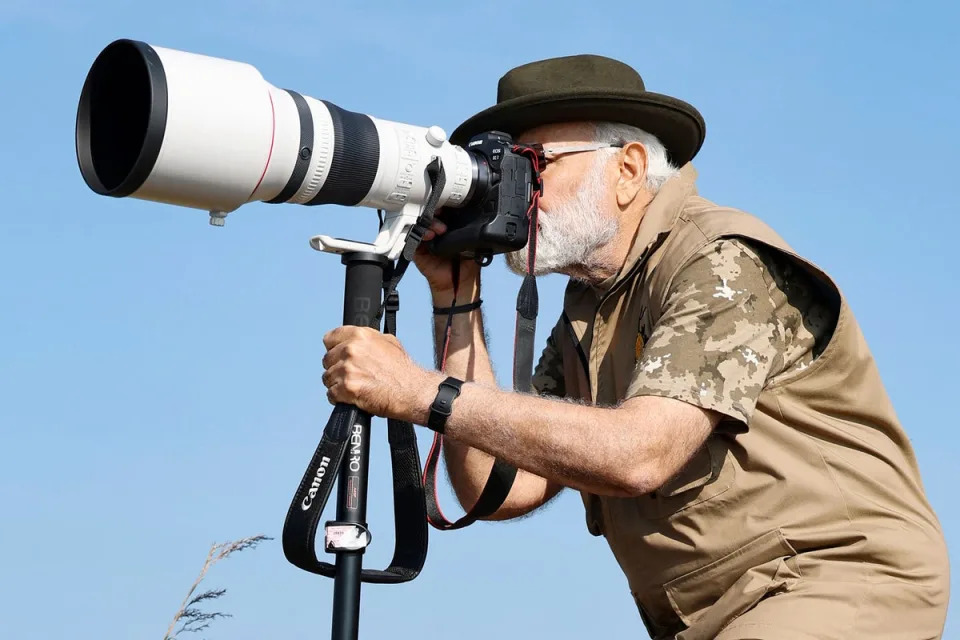Australia’s public servants reported hundreds of bullying allegations in recent months
Henry Belot
Sun, 9 April 2023

Photograph: Lukas Coch/EPA
Hundreds of public servants have reported bullying, harassment and discrimination allegations since the end of the last financial year, as government departments strive to improve workplace safety.
The culture of government workplaces has come under renewed scrutiny since the Albanese government’s respect at work bill became law in November, requiring employers to take reasonable and proportionate measures to eliminate harassment and discrimination.
In response to questions on notice from the Tasmanian senator Jacqui Lambie, the home affairs department revealed it received 77 formal complaints about workplace behaviour between July and February, with 29 considered to breach the Public Service Act.
The Australian Pesticides and Veterinary Medicines Authority (APVMA) confirmed 10 allegations of “inappropriate behaviour” during the same eight-month period.
Related: Latest revelations of harassment at Australia’s Antarctic program raise hopes for change
“Of the 10 claims allegations internally reported, each were investigated and were found to have elements of merit. A number of these allegations remain being actively considered,” an APVMA spokesperson said.
The APVMA is the subject of an independent investigation after a Senate committee heard allegations that a senior public servant urinated on his colleagues.
In February, the agriculture minister Murray Watt said an interim report of a review into APVMA workplace culture contained “potential breaches of the public service code of conduct and other potential breaches of the law”.
The Department of Foreign Affairs and Trade recorded 77 allegations of bullying, harassment and discriminatory behaviour during the same period, with three cases lodged with Comcare.
Sign up for Guardian Australia’s free morning and afternoon email newsletters for your daily news roundup
The Department of Climate Change, Energy, the Environment and Water reported 80 allegations of inappropriate behaviour, although many of these were lodged before the department was created by the Albanese government.
The finance department recorded 15 allegations, with three cases found to have merit, resulting in formal warnings being issued to staff. Another three cases are still being investigated.
An investigation into the culture of the Australian Antarctic Division, released last week, found 41% of about 3,000 staff interviewed saying they had experienced bullying in the past 12 months.
The volume of allegations suggest that bullying, harassment and discrimination remain challenges for the government workforce. In the 2021/22 financial year, 627 formal complaints were made across the public service.
Indigenous public servants report high rates of harassment
A separate survey of public servants revealed that one in six Indigenous employees believed they were subject to harassment and bullying in 2022. One in five believed they were discriminated against, according to the report by the Australian Public Service Commission.
The APSC survey confirms that while rates of cultural and linguistic diversity within the public service broadly reflect the Australian community, there is a lack of representation at higher levels of decision making.
There were 159,469 people employed by the Australian public service on 30 June, with 3.5% identifying as Aboriginal or Torres Strait Islander.
In a statement provided to the Senate, an APSC spokesperson said the bureaucracy was committed to reducing racism and was developing new initiatives including a “cultural capability hub” to increase awareness.
The spokesperson said the hub will provide “the skills, knowledge and practices that employees need to perform their duties in a culturally informed way. This includes working towards eliminating racism through their own actions”.
“This is anticipated to be launched in mid-2023 and is being developed in partnership with the Apsc, the department of defence and the national Indigenous Australians agency.”


















